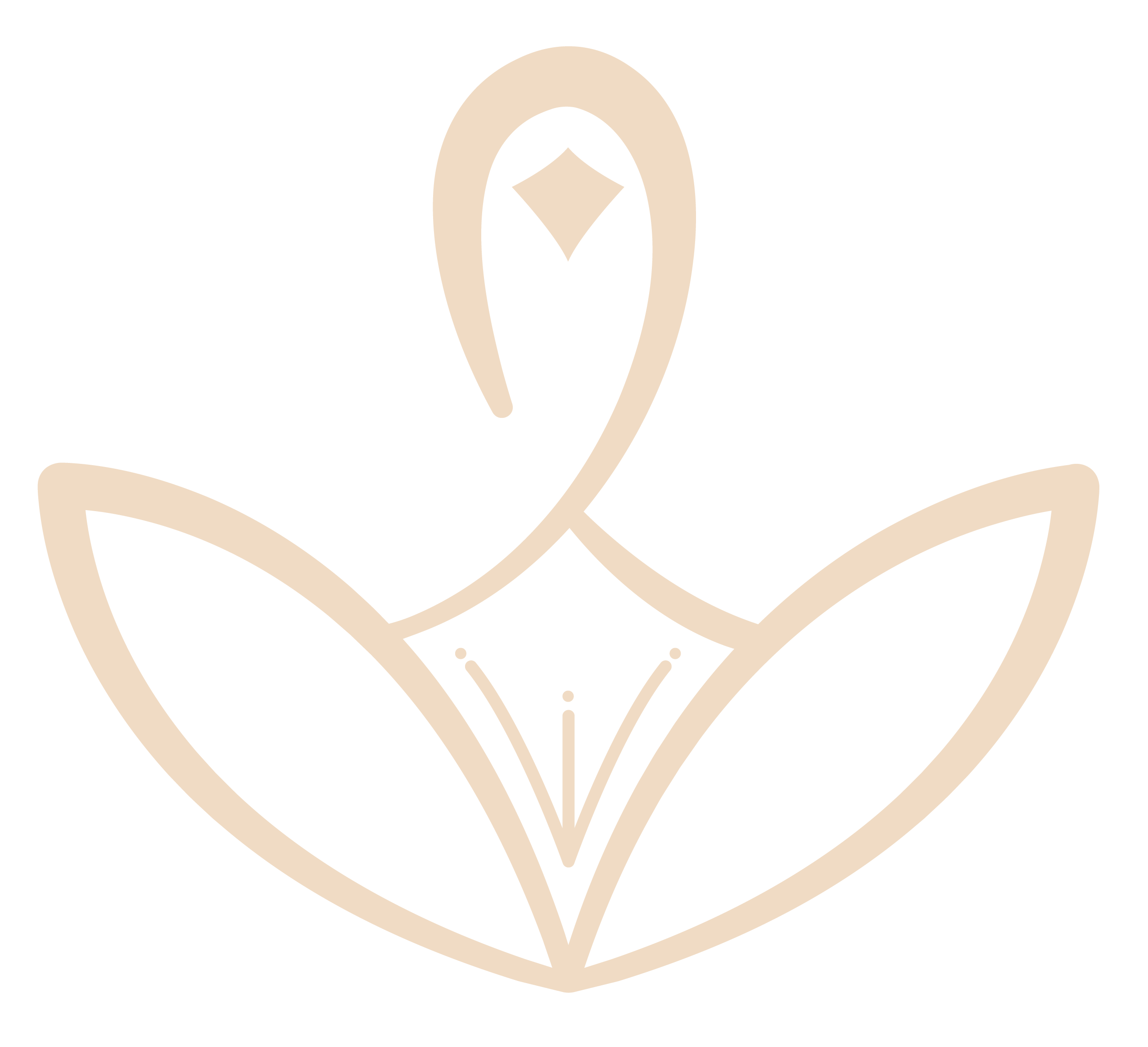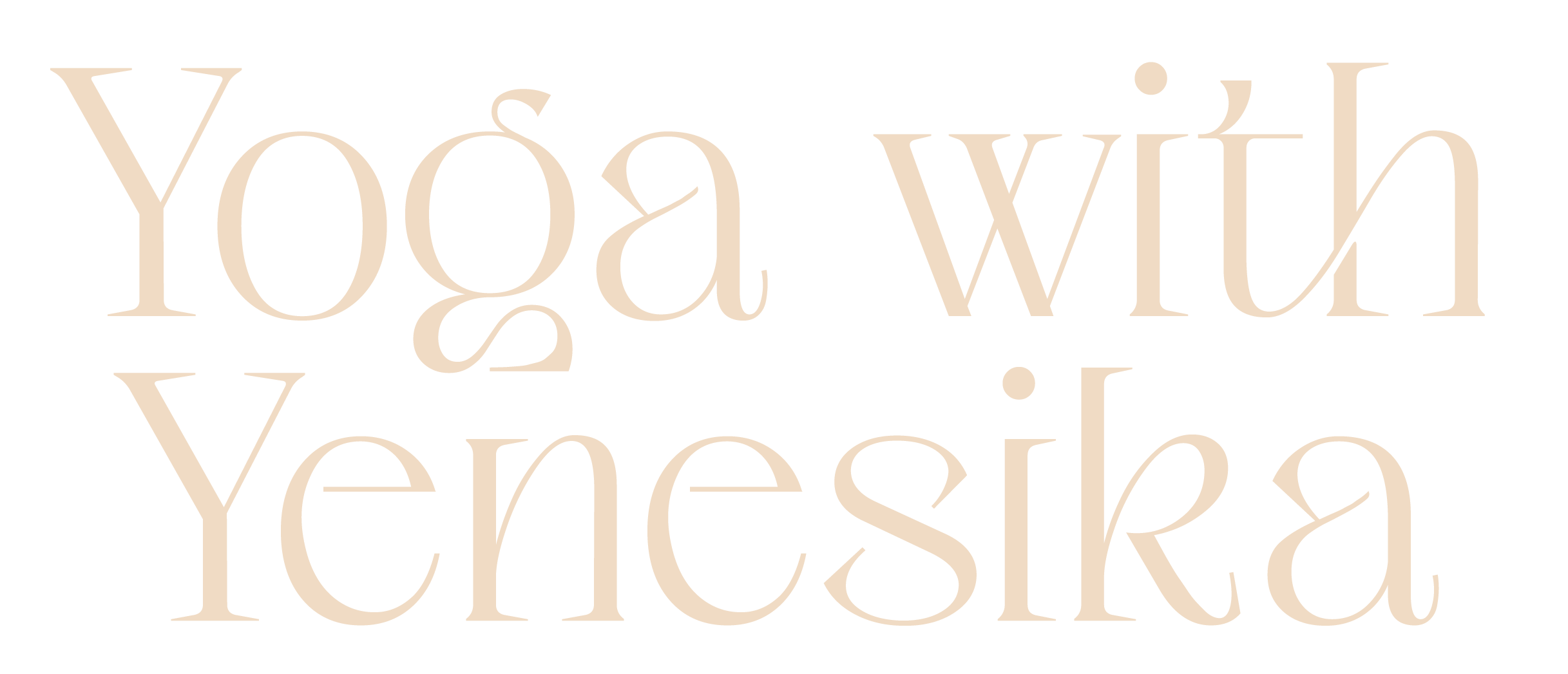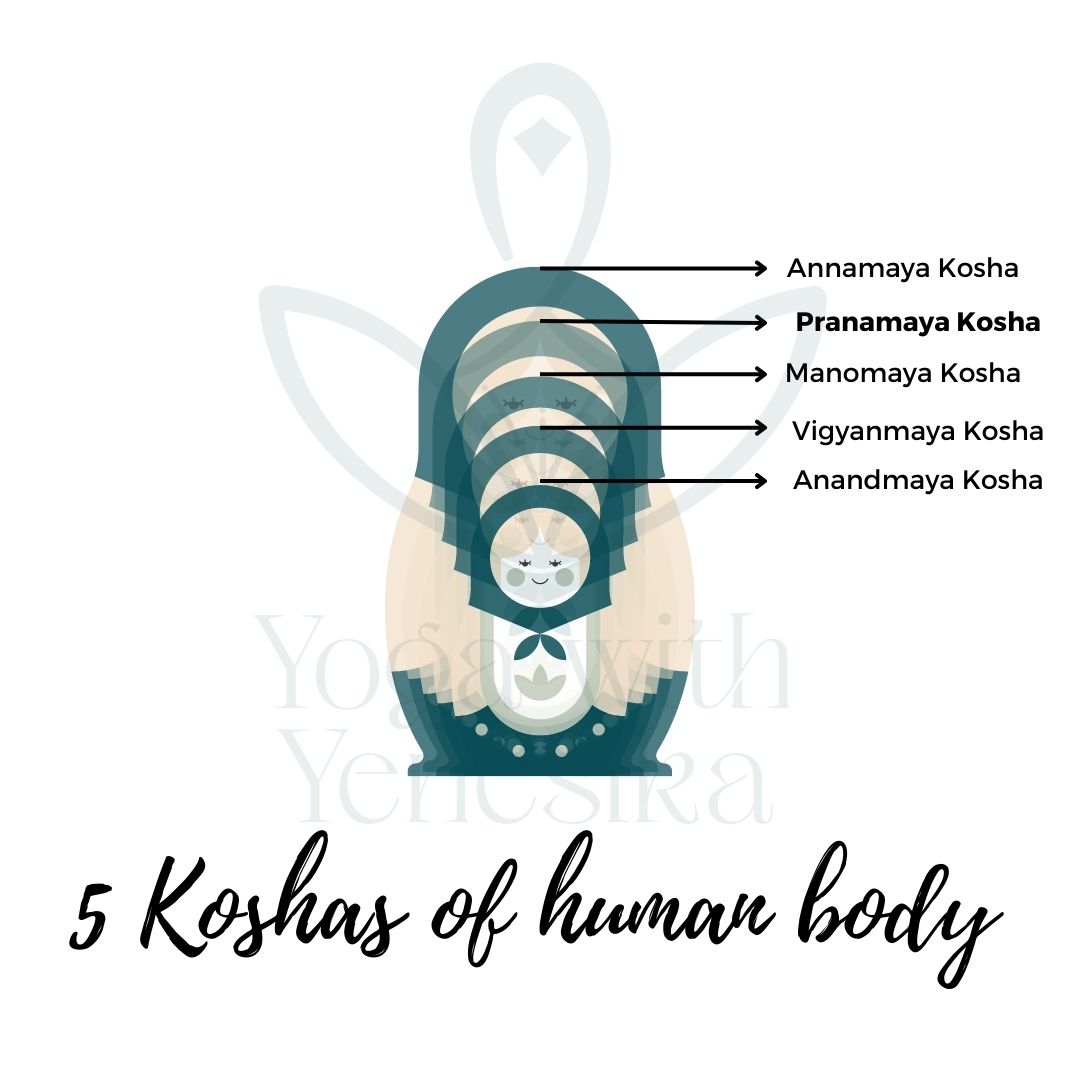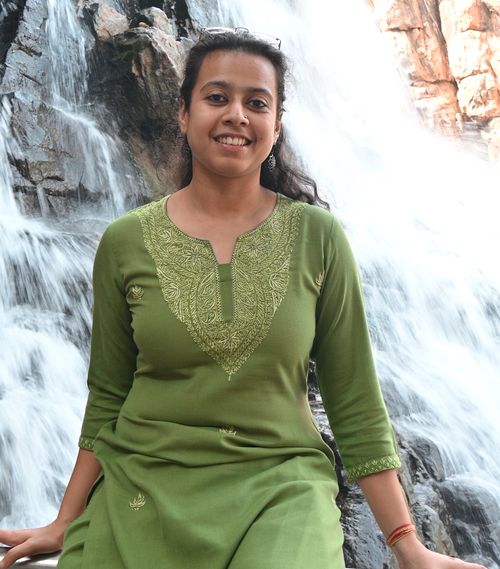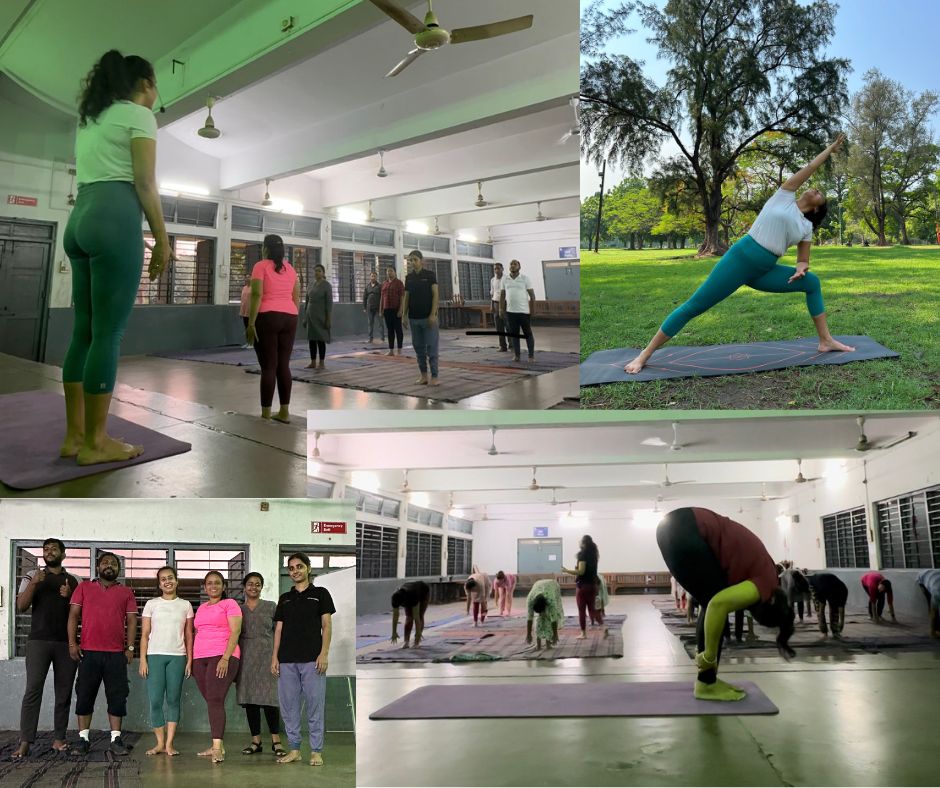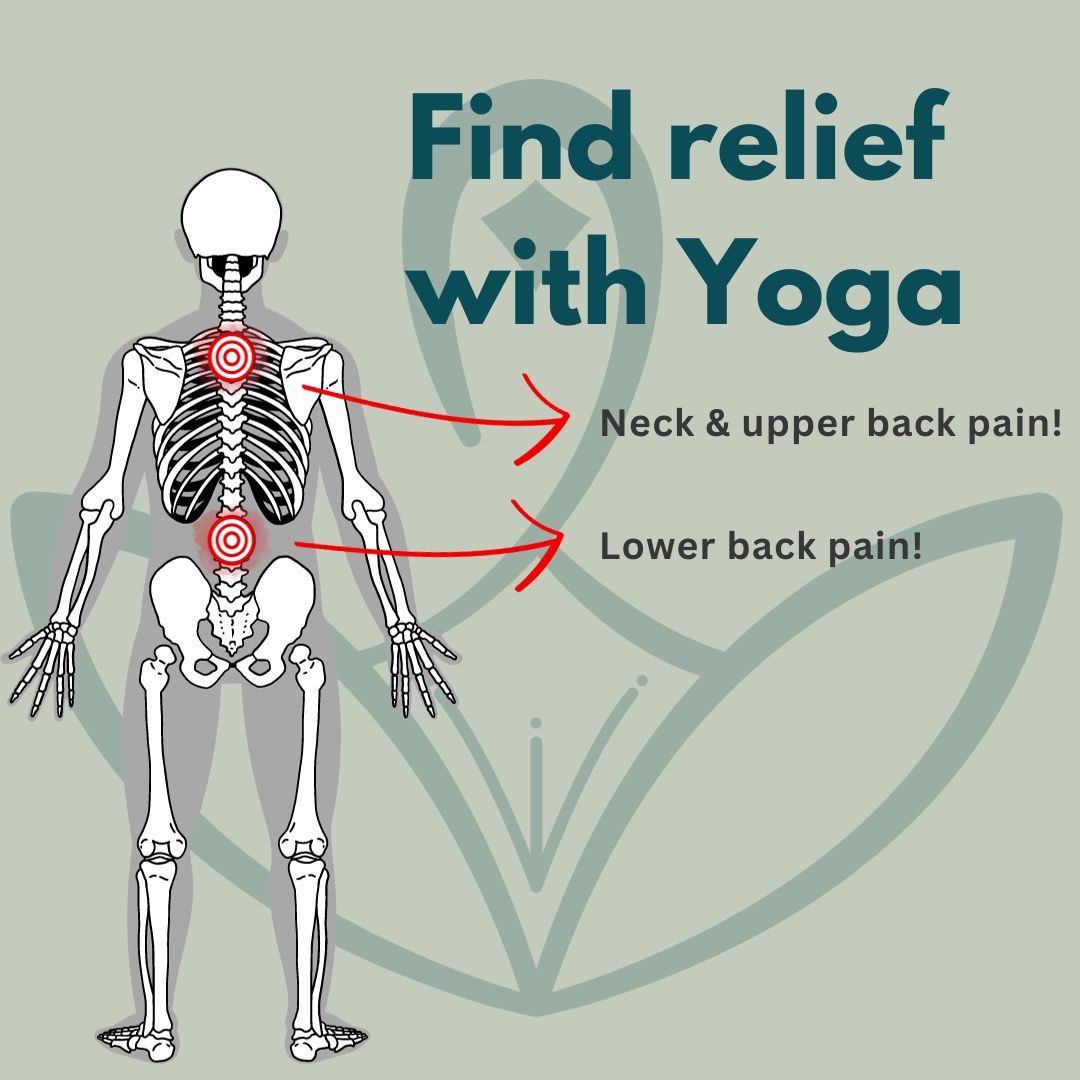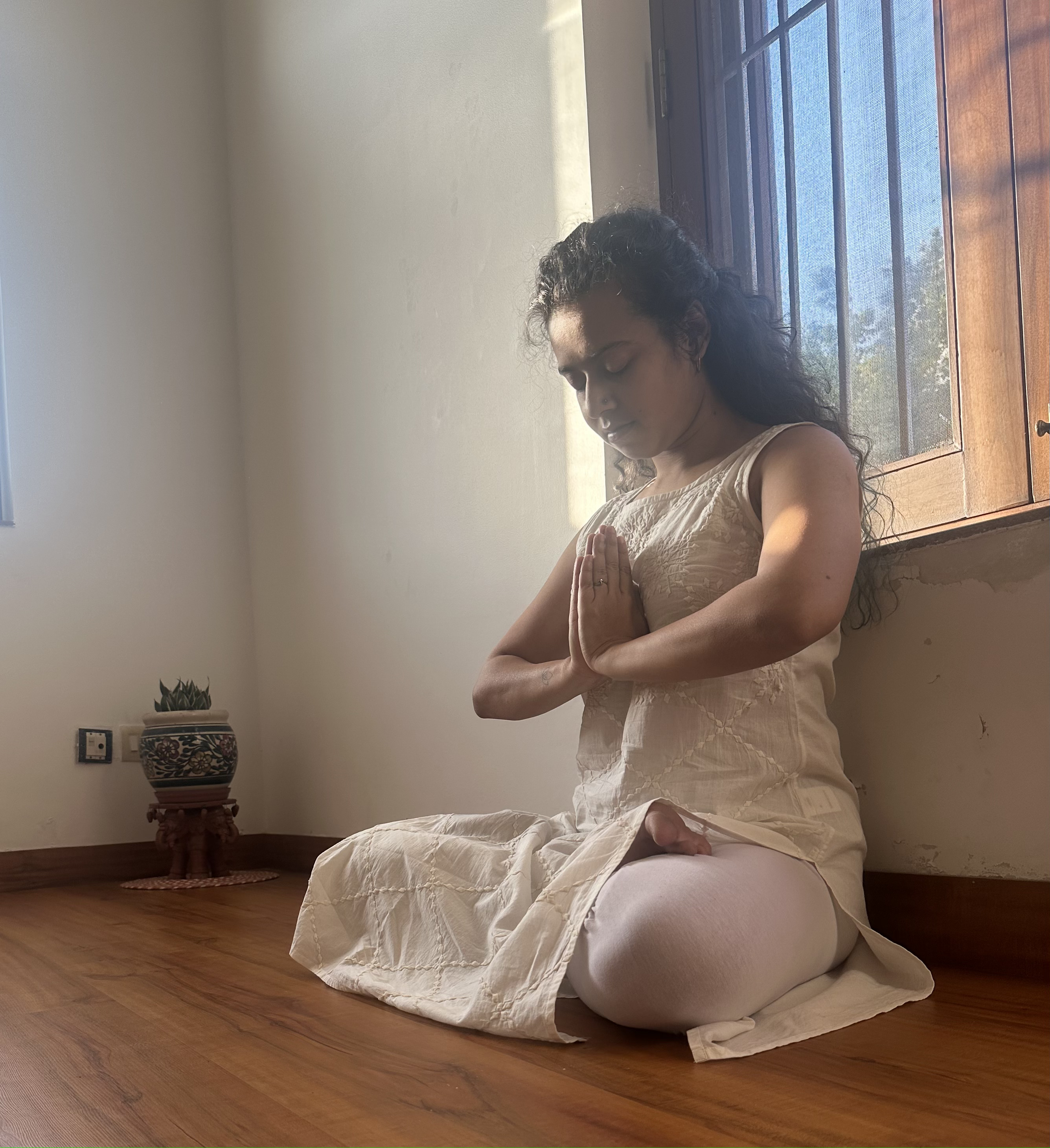The Pranayama is a practice to regulate or expand our breath. Our breath is intimately connected to the body’s energy and nervous systems. By regulating the breath, pranayama can help to balance the body’s energy and calm the mind. This can have a range of health benefits, including reducing stress and anxiety, improving digestion, boosting the immune system, and increasing overall vitality.
According to Ayurveda, our body comprise 5 layers or koshas. These layers can be imagined as the layers we see upon slicing an onion in half. The five layers are Annamaya kosha (the physical body), Pranamaya kosha (the energy body), Manomaya kosha (mind and emotions), Vigyanmaya kosha (the intellectual or wisdom body) and Anandmaya kosha (the bliss body). However, if you slice a human body as if it were an onion, you will not see these layers with naked eyes.
The energy body or the Pranamaya kosha is the layer in the human body which comprises of over 72,000 energy channels also known as nadi’s. Some of us might be aware of the 7 prominent chakras in the human body. Chakras are nothing but the major points of intersection of these energy channels or nadi’s. The source of energy or prana of this kosha is our breath. To obtain control over one’s breathing is to obtain control over this prominent layer of our body.
There are many different pranayama & yogic cleansing techniques, each with its own specific benefits. Some common pranayama techniques that I often use in my classes are as follows:
- Ujjayi Pranayama - Also known as “ocean breath,” this technique involves breathing deeply and smoothly through the nose while constricting the back of the throat. It elongates or expands the duration of exhale, creating more time to move from one asana to another while regulating the body temperature. Those with heart conditions and pregnant ladies should avoid practicing Ujjayi breath for long or continued periods as this breath work generates heat and may activate the fight and flight response of the nervous system. But it can prove to be extremely helpful for those with issues related to the tonsil and even thyroid.
- Kapalabhati Pranayama - Also known as the “skull cleansing” shat-kriya or yogic cleansing method, this technique involves multiple forceful exhalations followed by a single long passive inhalation. It is helpful in clearing out the sinuses and gives a great start to the morning. I first encountered COVID in April 2023 and found this technique to be particularly helpful after a few rounds of jal-neti with warm saline water to clear out the congestion in my nose, head and chest.
- Nadi Shodhana or Anulom-Vilom Pranayama - Also known as “alternate nostril breathing,” this technique involves breathing in through one nostril and out through the other, alternating between the two. When the breath is retained for a short period during the inhale and exhale, the pranayam is called Nadi Shodhana. And when alternative-nostril breathing is performed without breath retention, it is called Anulom-vilom. Nadi Shodhana should be completely avoided by those with heart issues and by pregnant ladies. Anulom-vilom is a great practice to balance the body’s energy and improve overall health for everyone.
- Bhramari Pranayama - This technique involves making a humming sound while exhaling. Bhramari is suitable for everyone and is thought to calm the mind and reduce stress, and can be especially helpful for people with anxiety or insomnia.
In order to practice pranayama, it is important to start slowly and work with a qualified teacher who can guide you through the different techniques. With regular practice, pranayama can be a powerful tool for promoting physical, mental, and spiritual well-being.
